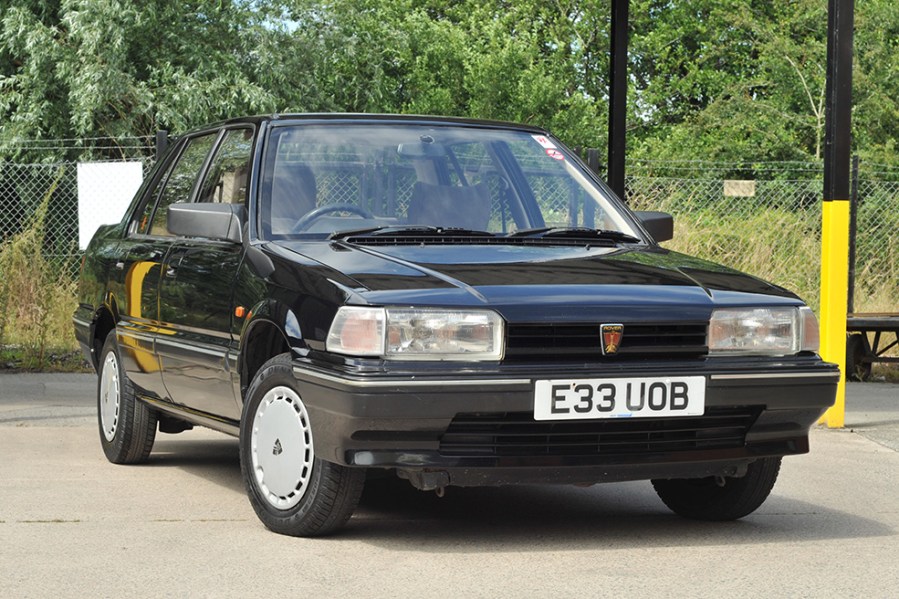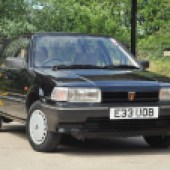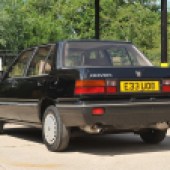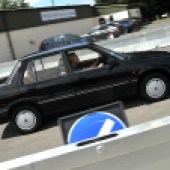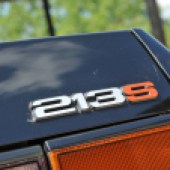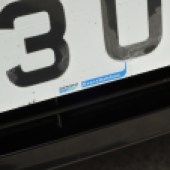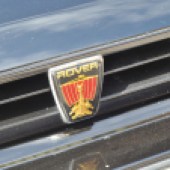We revisit an early Rover 200 from the Rover-Honda collaboration era. Good enough for Hyacinth Bucket, but what about as a classic today?
Now here’s something you don’t see every day: a reminder of that all-too-brief golden era of Rover history from its collaboration with Honda, in the shape of a 213S.
Launched in 1984, the so-called SD3 was the successor to the Triumph Acclaim, the car that stands as a prototypical product of Anglo-Japanese collaboration. The Acclaim was little more than a rebadged Honda Ballade, with alterations extending no further than minor details like revised seats, but it proved that the British car industry could produce cars to high quality standards.
In fact, build quality was sufficient enough for Honda to agree to collaborate on two further models, which would become a Rover-ised version of the second-generation Ballade to be marketed this time under the Rover name, and then later the Rover 800, a more ambitious joint development.
The Rover 800 sold in pretty large numbers and survives in some quantity today, but the original Rover 200 is a rare sight indeed.

The natural habitat of the Rover 200 was respectable suburbia and indeed a colleague refers to them as the ‘Hyacinth Bucket’ Rover after the social-climbing character in the TV sitcom Keeping up Appearances. In truth, the car was perfectly cast for the show, representing as it did a definite step up from the likes of Ford, Renault or Vauxhall, with its British-made status even qualifying it as an alternative to a VW for many buyers, if not quite a BMW.
Like the Acclaim, the 200 was essentially a rebadged Ballade but this time the Rover influence was allowed to be more obvious, especially on the interior. In engineering terms, the changes were relatively minor but light-coloured plastic mouldings, a fillet of wood in the doors and suitable fabrics combined to give it an ambience very different from the black plastic Honda equivalent.
Given the Rover’s position in the market, somehow the fact that this example was previously owned by a local vicar seems entirely appropriate and the Bible which came with it seems as important a part of its provenance as the handbook or its original dealer-fitted number plates.
The SD3 used a mixture of Honda and Rover powerplants, the 213 using a Honda engine and the 216 launched in 1985 using Rover’s own S-Series powerplant shared with the Maestro and Montego. Popular opinion back in the day was that the smaller-engined 213 was the one to go for on account of the reliability its Honda powertrain guaranteed and it’s the Honda EV2 engine we have here.

A 1342cc unit with an unusual 12-valve layout, it’s good for 70bhp with a smooth free-revving nature the S-Series could only dream of: maximum power is at 5500rpm and it has a surprisingly eager bark to the exhaust under acceleration.
Climbing aboard the 213 after several decades’ absence, the first thing that strikes you is not that it’s either particularly Japanese or particularly British, but that its design has stood the test of time remarkably well. The neatly proportioned exterior with its clean-cut lines seems modern and well resolved compared to the clumsy Maestro with which it shared the showroom, while the interior remains a pleasant place to be.
Late ’80s cars often suffer in the trim department thanks to parts supply issues and the greater use of plastics in more modern classics, but it’s gratifying to see that the Rover has survived very well. Clearly our vicar was a caring owner and the light grey velour seats have survived unscathed, while the original Philips Rover cassette deck is still present and correct.
Experience with both Hondas and Rovers of this era has also taught us that it’s rare to find the radio aerial on the screen pillar still functioning but this one is not only straight but still slides up and down easily.
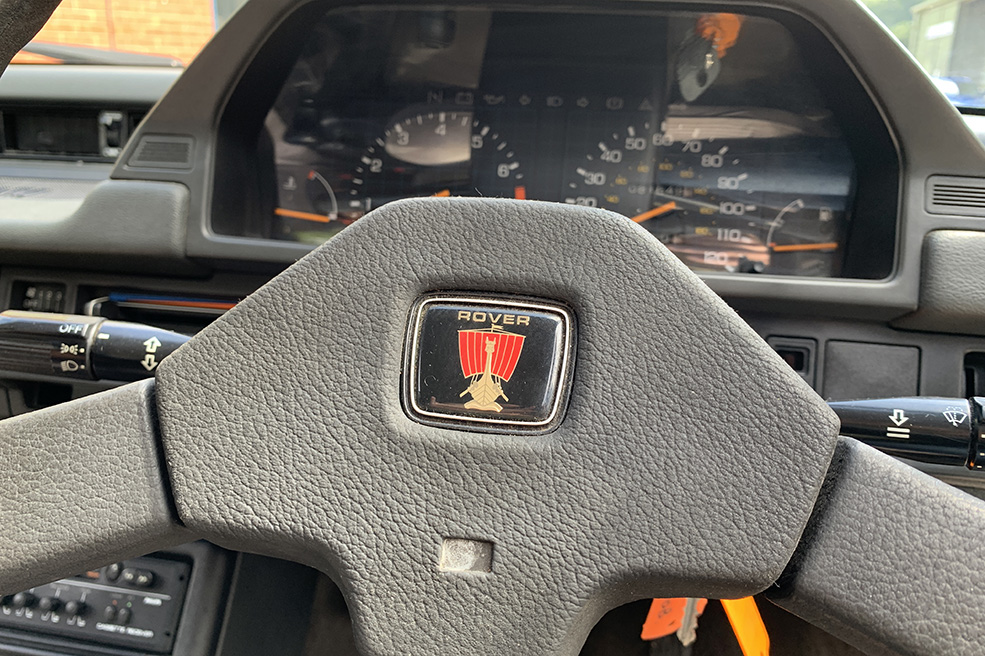
The rest of the exterior is in great shape, with just a few hairline marks and a few bits of dried polish here and there which are the work of minutes to pick off. The driving experience similarly suggests an honest car, too: the manual choke might come as a surprise on a modern classic like this but of course back in 1984 it was still a common sight before unleaded fuel and catalytic converters made fuel injection common. The Honda motor fired quite happily from cold and once warmed through was happy to burst into life instantly.
In the Honda tradition, these are easy cars to drive and even without power steering it’s a lightweight car to manoeuvre at parking speeds. The shift is easy and positive, the Honda motor is nicely responsive and with just 864kg to propel, the 213 feels lively enough to be fun. In that respect, it’s an eminently usable modern classic, but the only issue for many will be whether you want to press such a rare survivor into daily use.

